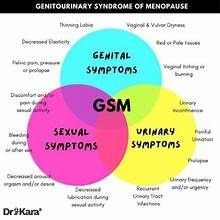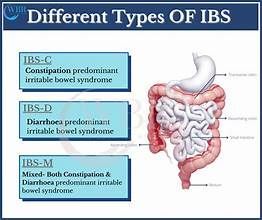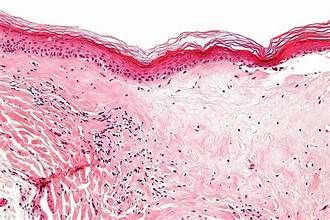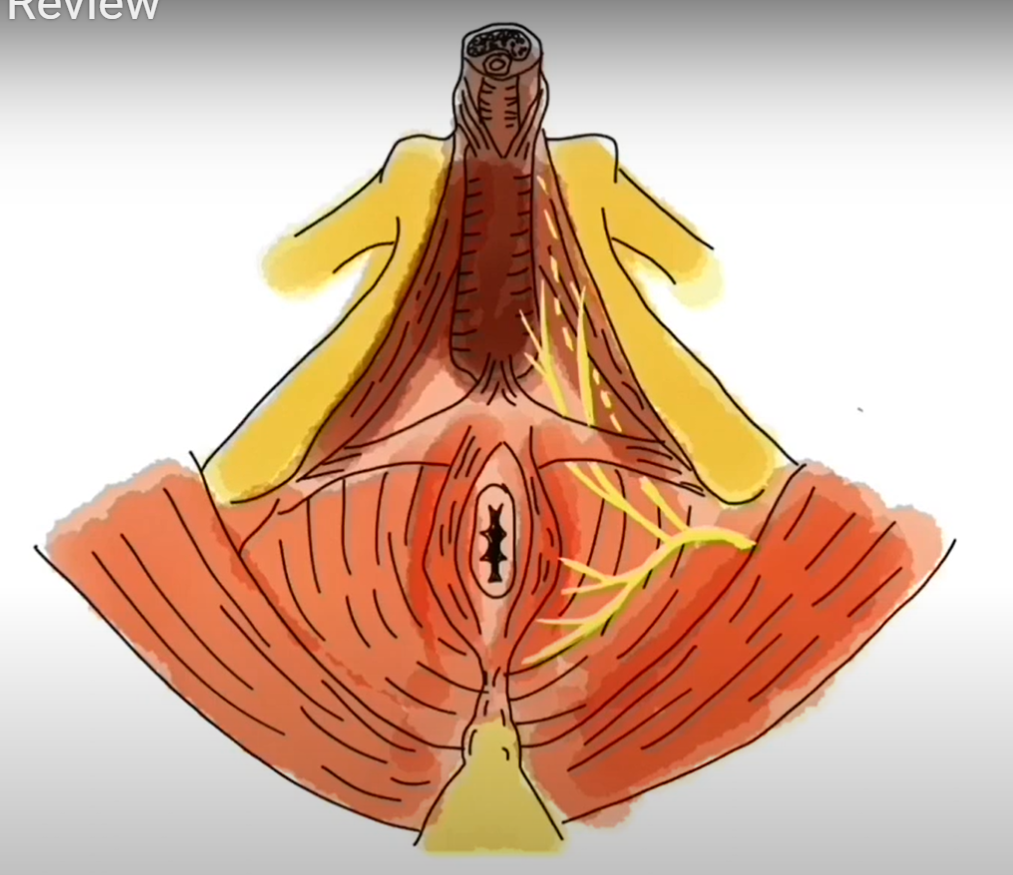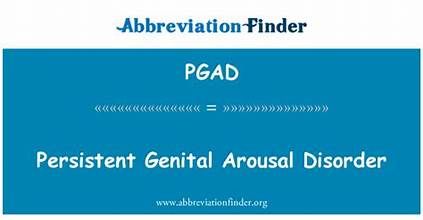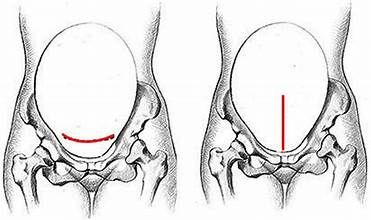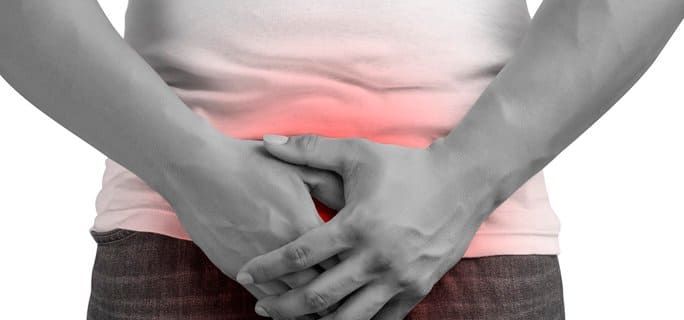Infertility and Pelvic Health Therapy
This is a subtitle for your new post

Infertility is not within our scope as PTs and OTs. We don’t claim to increase your fertility by coming to treatment. However…
We do see many women who have chronic pelvic pain due to diagnoses often associated with infertility. These can include:
Endometriosis- Polycystic Ovarian Syndrome (PCOS)
- Young female athletes (specifically those in sports with a focus on body image)
Let’s break these down individually. These are extremely complex diagnoses that each warrant their own blog post alone! This is just a (very) broad overview.
Endometriosis is a disease in which
endometrium, the lining of the uterus,
is present outside of the uterus. One out of every ten women receive an endometriosis diagnosis. Endometrium can be found on the rectum, bladder, ovaries, even the diaphragm, and can cause tremendous amounts of pain. One of the most common ways women discover they have endometriosis is infertility. Scarring throughout the reproductive tract can make it difficult to conceive.
PCOS is a disorder in which the ovaries produce more
androgens (male sex hormones) than normal. Women with PCOS can present with small cysts on the ovaries, but some may not. On the other hand, a woman could have an ovarian cyst but not have the diagnosis of PCOS. Symptoms can include irregular periods, excessive hair growth, weight gain, acne, insulin resistance, and infertility. The imbalance in hormone production leads to irregular periods, which in turn can cause difficulty conceiving.
The young female athlete group presents a very specific reason for possible infertility -
Relative Energy Deficiency Syndrome (RED-S).
RED-S occurs when our calorie intake cannot keep up with our energy output. When we are in a calorie deficient state, our body will use whatever energy it has for vital functions → heart and lungs, brain and nervous system, and musculoskeletal system. Our GI and reproductive systems can be left off the priority list. To say it plainly,
our body will not prioritize ovulation, menses, and conception when it is starving for nutrition.
Body fat of less than 15% has been shown to possibly cause complications with fertility. This can also lead to what we call the
female athlete tetrad: anorexia, osteoporosis, amenorrhea (no periods), and changes in cardiovascular health.
How does all of this relate to physical/occupational therapy? We give education regarding exercise, diet, and lifestyle modifications to decrease pelvic pain associated. If you need help managing your chronic pelvic pain, PT/OT pelvic floor therapy is the perfect place to start.
Thirty minutes of moderate intensity exercise daily is supported in the research for the chronic pelvic pain population. Because those with PCOS are often resistant to insulin,
high intensity interval training (HIIT) has been shown to be very beneficial. Research recommendation for PCOS HIIT are as follows:
HIIT training for 7-12 minutes at 45s high intensity, 20s lower intensity- 3x/week, alternating HIIT with yoga
It’s an age old tale that stress increases chronic pelvic pain. We know this, but it can be difficult to manage on your own. Your PT/OT should be asking about your stress level and your coping mechanisms, and help you to nail down what works best for you. Things to consider:
What are your stress levels related to pain, job, family, relationship, etc?- What are your coping mechanisms?
- Try introducing mindfulness techniques: meditation, breathing, apps can be helpful (Headspace, Calm, Insight Timer, Universal Breathing)
- Consider speaking with a trained counselor if stress feels unmanageable.
Sleep feels hard to come by these days for a number of reasons. We know that our bodies are healing and repairing while we sleep, so it’s imperative that we get plenty of rest. Things to consider:
Going to bed at the same time every night helps our brain shift from day to night.- Get 5-10 minutes of sunlight as soon as you wake up
- Avoid exercise and electronics from between the hours of 10 pm - 4 am.
- Use your bedroom for sex and sleep only
- Talk with your doctor about supplements for sleep
As we study more on the GI system, we realize just how much it’s responsible for. Our nutrition helps get the body what it needs, and the gut helps to get rid of what we don’t need. Yoga and daily walks have been shown to be beneficial for those with constipation, pelvic pain, and IBS. A well rounded diet has also been extensively studied and shows great benefit for those with any chronic condition. Options to consider:
Dark green leafy vegetables- Help stimulate the liver to aid in hormone synthesis
- High levels of fiber
- Bright colored berries and other fruits provide high levels of Vitamin C
- Overall, a Mediterranean style diet covers a lot of these recommendations.
- Avoid certain foods that are high in pesticide use, as pesticides are thought to be “hormone disruptors”
- “Dirty Dozen” is off hand name for fruits and veggies that have high pesticide use

